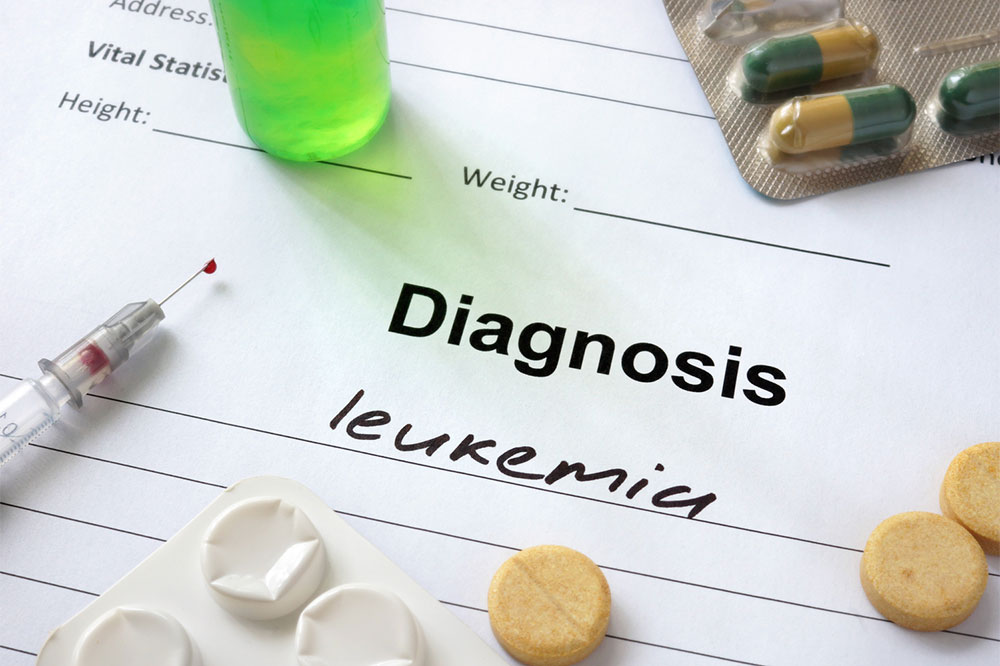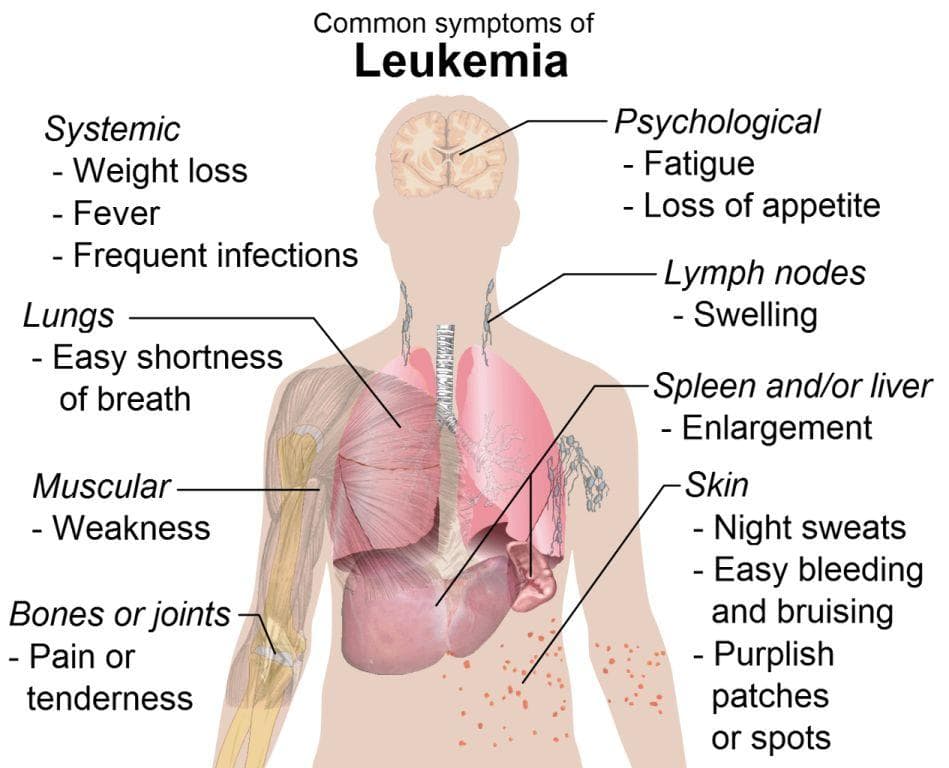Understanding Leukemia: Causes, Symptoms, and Types
Leukemia affects blood and bone marrow, caused by genetic and environmental factors that lead to abnormal cell growth. Recognizing symptoms early, such as fatigue, pain, and bleeding, is crucial for timely diagnosis. Types include acute and chronic forms, with subtypes impacting different blood cells. Risk factors involve genetic disorders, treatments, chemicals, and viruses. Early detection and treatment are essential to improve outcomes. Consult a healthcare professional if symptoms arise to ensure proper management and care.
Leukemia is a cancer that impacts blood-forming tissues, mainly disrupting the bone marrow and lymphatic system. It typically originates in the bone marrow, leading to the proliferation of abnormal white blood cells known as leukemia cells or blasts. At early stages, symptoms might be subtle or absent, emphasizing the importance of early detection and medical consultation for diagnosis and treatment.
How does leukemia develop?
Research indicates that both genetic and environmental factors contribute to leukemia development. However, the precise cause remains unknown. Many experts believe that DNA mutations in blood cells cause uncontrolled growth. Normally, cells grow and die at specific rates, but leukemia-affected cells continue dividing indefinitely, producing excessive abnormal cells. This surplus outnumbers healthy cells in the marrow, compromising the production of red blood cells, platelets, and normal white blood cells, leading to symptoms of leukemia.
Factors associated with leukemia risk
While the exact origin is unclear, certain factors increase the likelihood of developing leukemia, including:
Genetic conditions: Disorders such as Down syndrome heighten leukemia risk.
Cancer therapies: Treatments like chemotherapy and radiation for other cancers can increase leukemia susceptibility.
Family history: Having relatives with leukemia may elevate personal risk.
Exposure to chemicals: Long-term contact with substances like benzene can be a factor.
Viral infections: Viruses like T-lymphotropic virus may contribute to developing leukemia.
Pregnant women diagnosed with leukemia might also pass the condition to their unborn child. Recognizing early signs and consulting a doctor is essential for timely intervention.
Common leukemia symptoms
Symptoms vary between individuals and may appear early or remain unnoticed for years. Typical signs include:
Pain or tenderness in bones
Pale skin
Profuse sweating
Fever and chills
Fatigue and weakness
Unexplained weight loss
Swelling of liver or spleen
Symptoms similar to the flu or anemia
Frequent infections
Soreness or swelling in the mouth
Easy bruising or bleeding
Recurrent nosebleeds
Pneumonia or diarrhea
Red spots on the skin
Types of leukemia
Leukemia is classified based on the speed of progression and the affected cell types:
Acute leukemia: Features immature blood cells that rapidly multiply, worsening the condition swiftly.
Chronic leukemia: Involves the production of more mature cells that may function normally for years, often with no early symptoms.
Based on the affected cell lineage, leukemia types include:
Lymphocytic leukemia: Impacts lymphoid cells and the immune system.
Myelogenous leukemia: Affects myeloid cells, increasing blood cell and platelet counts.
Major subtypes are:
Acute Lymphocytic Leukemia (ALL): Common in children but also occurs in adults.
Acute Myelogenous Leukemia (AML): Prevalent in both children and adults, especially in older adults.
Chronic Myelogenous Leukemia (CML): Mostly affects adults, beginning with no symptoms and possibly rapid growth phases.
Chronic Lymphocytic Leukemia (CLL): The slowest progressing type, often asymptomatic for years.
Other forms include hairy cell leukemia, T-cell prolymphocytic leukemia, and myelodysplastic syndromes. Since leukemia lacks definitive causes and is challenging to detect early, prompt medical attention upon first symptoms is vital for effective treatment.










